The Decibel X app is a sophisticated sound level meter designed for measuring sound levels accurately in various environments. Ideal for audiophiles, professionals in acoustics, or anyone needing to monitor sound levels, the app utilizes advanced technology to provide users with detailed information about their audio environment. With its user-friendly interface and precise measurement capabilities, Decibel X has become a popular choice for both casual users and professionals alike.
Features of Decibel X
- Real-time sound level measurement with high precision.
- User-friendly interface that allows easy navigation and operation.
- Sound level logging feature for tracking noise levels over time.
- Visual sound level graphs for better data understanding.
- Customizable calibration settings for different environments.
- Support for different measurement units (dB, dBA, etc.).
- Option to share measurement results via social media or email.
Pros & Cons of Decibel X
Pros:
- Highly accurate sound level measurements.
- Intuitive and visually appealing user interface.
- Regular updates improve functionality and user experience.
- Compatible with both iOS and Android devices.
- Offers educational insights about sound levels and health.
Cons:
- Some users report issues with calibration under specific conditions.
- May consume more battery power when logging data continuously.
- Advanced features may require a learning curve for new users.
- Ad-supported version may include intrusive ads.
Functions of Decibel X
- Sound Level Meter: Provides real-time dB measurements.
- Frequency Analysis: Offers insights into the frequency spectrum of sounds.
- Noise Pollution Tracker: Helps identify and monitor noise pollution levels.
- Statistics Display: Shows average, minimum, and maximum sound levels over time.
- Data Export: Allows users to export sound measurement data for further analysis.
How to Use the Decibel X App
- Download and install the Decibel X app from the App Store or Google Play Store.
- Open the app and grant necessary permissions (microphone access).
- Familiarize yourself with the interface and locate measurement options.
- Select your preferred measurement unit (dB, dBA, etc.).
- Position your device to capture the sound source accurately.
- Tap the 'Start' button to begin measuring sound levels.
- Monitor the sound levels in real time, and use the graph feature for visual data.
- Use the log function to keep track of sound levels over extended periods.
- Export data or share your findings if needed.


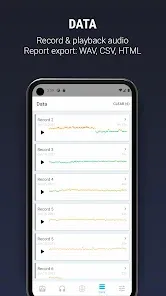
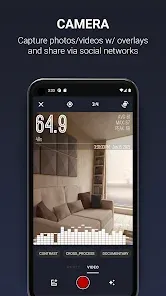
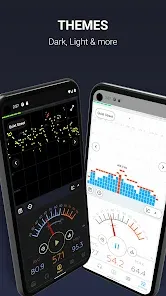

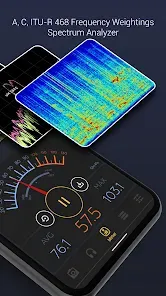
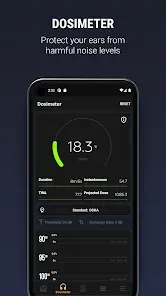
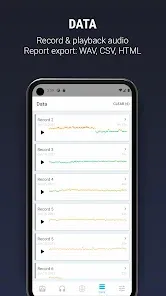
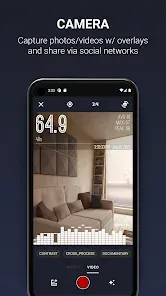

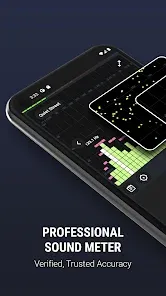
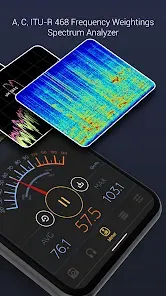
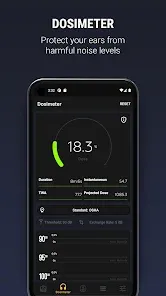
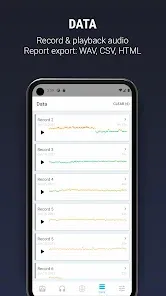
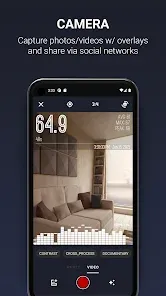
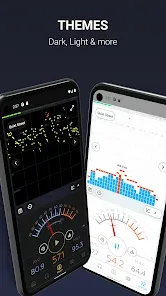
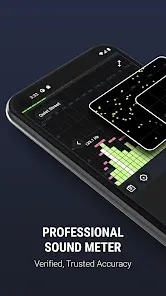
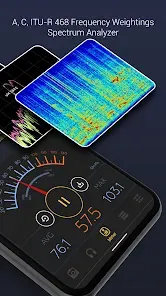
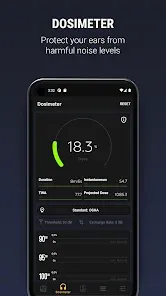


 0
0 



